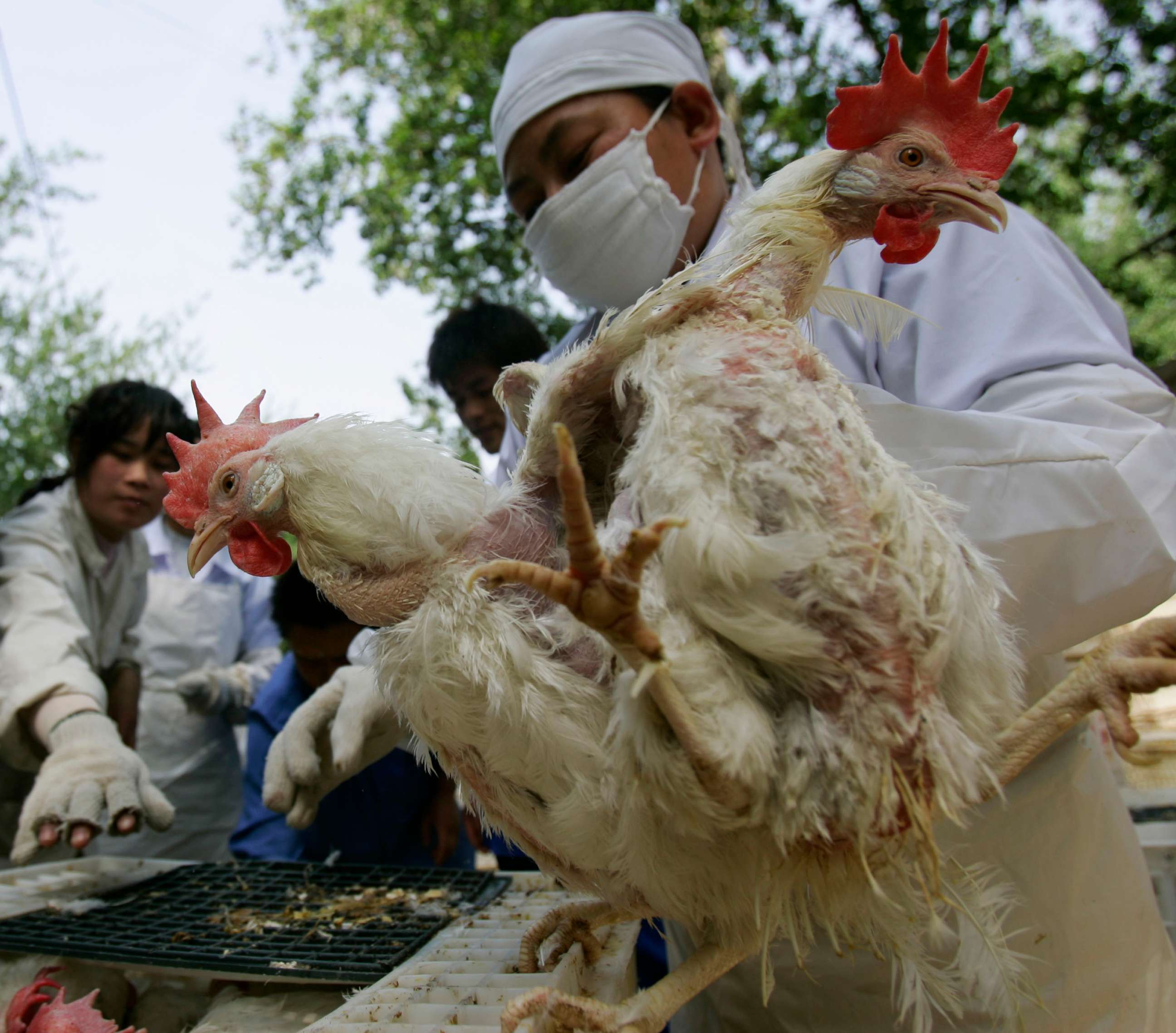WHO says source of infection unknown in 1st human case of H10N3 bird flu strain
So far, there was no evidence of human-to-human spread.
LONDON -- The World Health Organization said it's still unclear how a man in eastern China contracted the first known human case of a rare strain of bird flu called H10N3.
"The source of the patient's exposure to the H10N3 virus is not known at this time, and no other cases were found in emergency surveillance among the local population," the WHO told ABC News in a statement Wednesday.
While health officials investigate how the man was infected, the WHO said the virus doesn't appear to be spreading between people and there is currently no indication of a widespread outbreak.
The 41-year-old man, who lives in the city of Zhenjiang in China's Jiangsu province, northwest of Shanghai, was hospitalized in an intensive care unit on April 28 after developing a fever and other symptoms. He was diagnosed with H10N3 on May 28, China’s National Health Commission said in a statement Tuesday, without providing details on the source of infection.
The patient is now in stable condition and is ready to be discharged, the commission said. So far, there is no evidence of human-to-human transmission and no other cases have been detected among any of his close contacts, who have been under medical observation, according to the commission.

The commission noted that H10N3 is a low pathogenic strain of the virus found in poultry, meaning it causes relatively less severe disease, and the risk of large-scale transmission is low. No other human case of H10N3 has been previously reported globally, according to the commission.
The WHO said it was first alerted of the China case on May 31.
"This represents the first ever report to WHO of human infection with H10N3," the organization told ABC News in a statement Wednesday. "WHO, through the Global Influenza Surveillance and Response System (GISRS) continuously monitors influenza viruses, including those with pandemic potential, and conducts risk assessments. WHO is working with the national authorities in China and GISRS partners to further assess and characterize this event."
There are various strains of avian influenza, and most do not typically spread among humans. Global surveillance systems have been watching for human cases since the highly pathogenic H5N1 strain was first reported in humans in Hong Kong in 1997 during a poultry outbreak.
In recent months, outbreaks of the highly contagious H5N8 strain have been reported at poultry farms and among wild bird populations across parts of Europe, Asia and Africa. Russia reported the first known human case of H5N8 in February.




